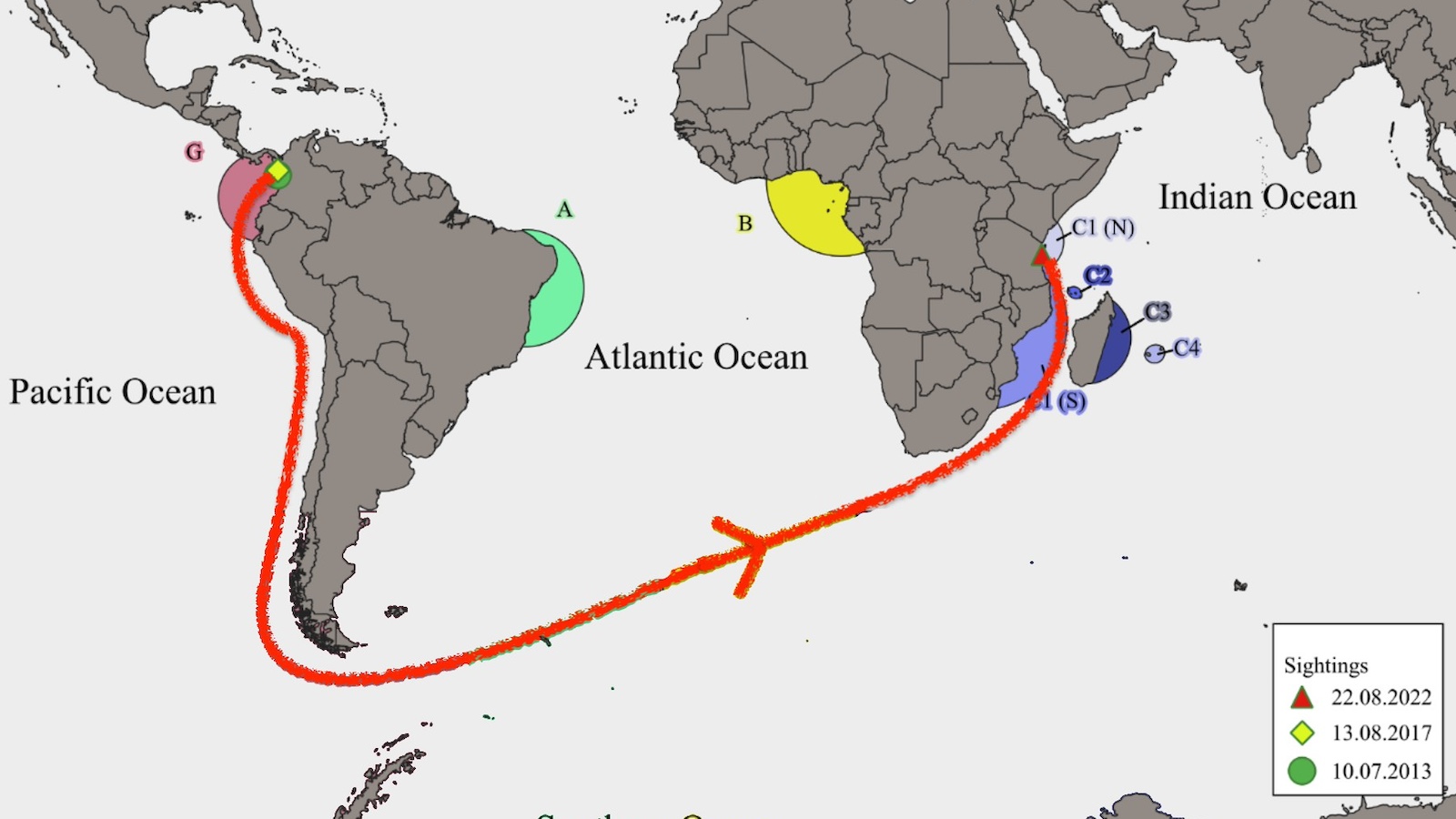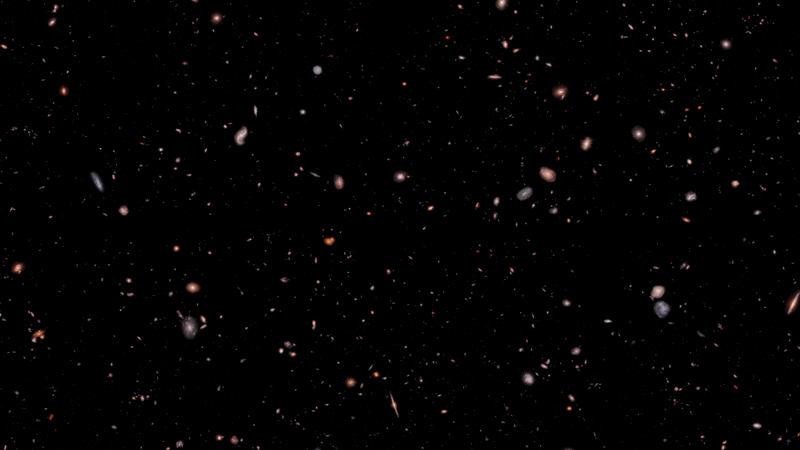Philanthrocapatilists and small donors are increasingly provide charity independently of governments and large institutions. Is this a good trend?
Question: Are for-profit philanthropists more effective than governments at charity?
Matthew Bishop: Well, I think we’ve seen a lot about how governments fail in trying to solve big social problems because they tend to get very risk adverse. Politicians are always thinking about the next election so they don’t want to take a risk that might fail. And I think a lot of social change requires people to try things that you don’t quite know whether it’s going to work or not. And that’s the press. The press and really get on the back of a politician who does something that doesn’t work. Business people are much more used to that mindset of, I’ll take a risk, I know there’s a 20% chance it is going to succeed, but if I do enough of those things, then we’ll find the answer. And so that’s why I think the role of social innovation is much better driven by the private sector. Government then has a huge role to play in taking successful ideas pioneered by the private sector by philanthrocapitalists and scaling it up and taking the idea to a level where hundreds of millions of people benefit rather than smaller numbers. And I was very struck by Bill Gates. Although he is giving away three or four billion dollars a year, which seems like a huge amount of money, he is very conscious that compared to the scale of the problems he is trying to address in the developing world, that money is a drop in the ocean compared to the sort of money that governments have at their disposal. So, part of his challenge as a philanthropist is not just to come up with clever ideas for solving social problems, but to persuade those who have far more money than he does, which are by and large, governments to use their money and put their money behind his in innovative ideas.
Question: Are you optimistic about microfinance loan facilitators like kiva.org?
Matthew Bishop: Kiva.org is a fantastic innovation. It’s allowing people with $20 to give away to have some of the same experience that someone with $200 million or $2 billion to give away is going to have. Because a lot of us find we write a check to a charity and that’s all we ever hear about it. The money goes off, we don’t know whether it’s made any different whatsoever. With Kiva, you are actually able to interact with the people you are giving to. And you get the feedback of this person. This small farmer say you’ve lent money to, a few months later you’re check comes back and realize that you’re money has made a difference, they’ve managed to put that money to work and they’ve made some money and you feel great about him and then you say, well who am I going to help next. And you also see on Kiva, groups – teams forming, to compete with each other to give more money to different people and different causes, so you have at Kiva Obama supporters who are competing with the Kiva McCain people. Last year during the election, the Kiva atheists are competing with the Kiva Christians. And that’s building a sort of discussion amongst those groups that is leading to a much more informed public debate about aid and how to do it effectively and how to do giving effectively. And increasingly, I think we’re going to see partnerships between these mass organizations where we can all get involved with both big philanthropy like the Gates foundation and indeed with the government. And one of the ideas that Michael Green and I are proposing throughout philanthrocapitalism work is that 10 percent of the aid budget ought to be given away through these sites were all the members of the public can have a say in how the money is given, so Kiva should be given matching funds by the government.
Microfinance has become one of the great success stories of philanthropy and aid. But what’s so interesting about microfinance is that what 30 years ago started out as a charity, a way to basically help people help themselves get out of poverty has become a very, very profitable business. There’s a Mexican microfinance institution called Compo Tomos that was started as a charity, but had an IPO last year that raised over a billion dollars, and is one of the strongest performing shares on the Mexican Stock Exchange. This has been hugely controversial because some people say; well you shouldn’t be making money out of providing things that the poor need. But actually what’s happened is that a lot more money has gone into helping the poor because there’s a chance to make money on their investment than every comes through charity. You could never reach as many people through charity as you can through marshalling some of that money into for profit capital markets. And so, a lot of kind of – well I think some of the cleverest philanthrocapitalists and social entrepreneurs are saying, well maybe there’s a load of other services for the poor in the developing world that we traditionally have thought as charities, like providing them with water, or with healthcare, or with education, that we can actually find a business model that makes profit, and therefore, people who have a lot of capital to invest in profitable growth opportunities will say, “Let’s get in and put a lot of money behind this.” Actually, if they do that, we can actually scale out those services to the poor much quicker than by waiting for charity to do it. And so, this is a very exciting area and we are going to see a lot of action over the next few years. It’s going to be controversial, but I think it could end up making a huge difference in helping the poor far more than some of the traditional sorts of charity.
Question: How do you respond to Dambisa Moyo’s argument that charitable money promotes corruption in Africa?
Matthew Bishop: Well, Dambisa Moyo’s, Dead Aid is a cry from the heart from an African woman who has seen terrible corruption as a result of aid, hold Africa back. I think thought it is more emotional in its rather simple message that all aid is bad than it is rational because some aid is needed and the private sector will not do it on its own. The question is, can we get smart aid rather than some of the old forms of aid. Smart aid is what we think the essence of philanthrocapitalism is. It’s about business philanthropy, social entrepreneurs, charities, governments all coming together around how do we most effectively design partnerships that quickly deliver results. So its very results orientated. And that, I think, is the future of aid. But to argue that all aid is dead, all aid is useless, even though there is plenty of evidence that a lot of aid in the past has been useless, and bad, and actually harmful to Africa I think is wrong.
Recorded on: September 24, 2009





